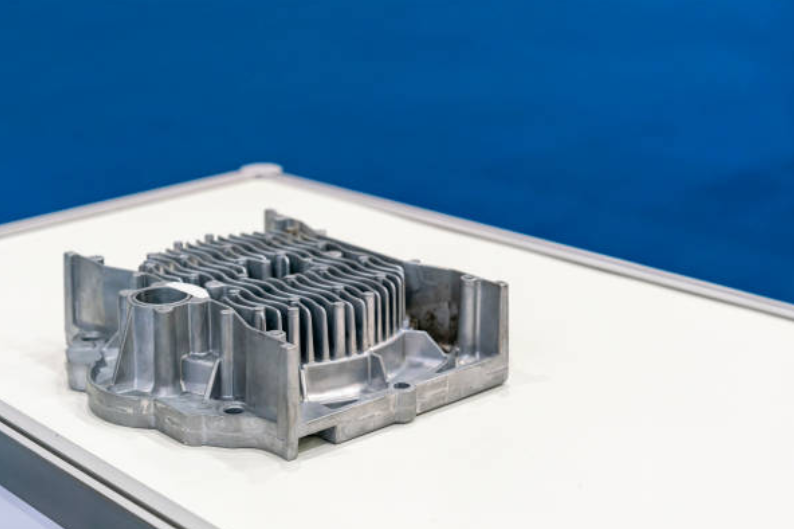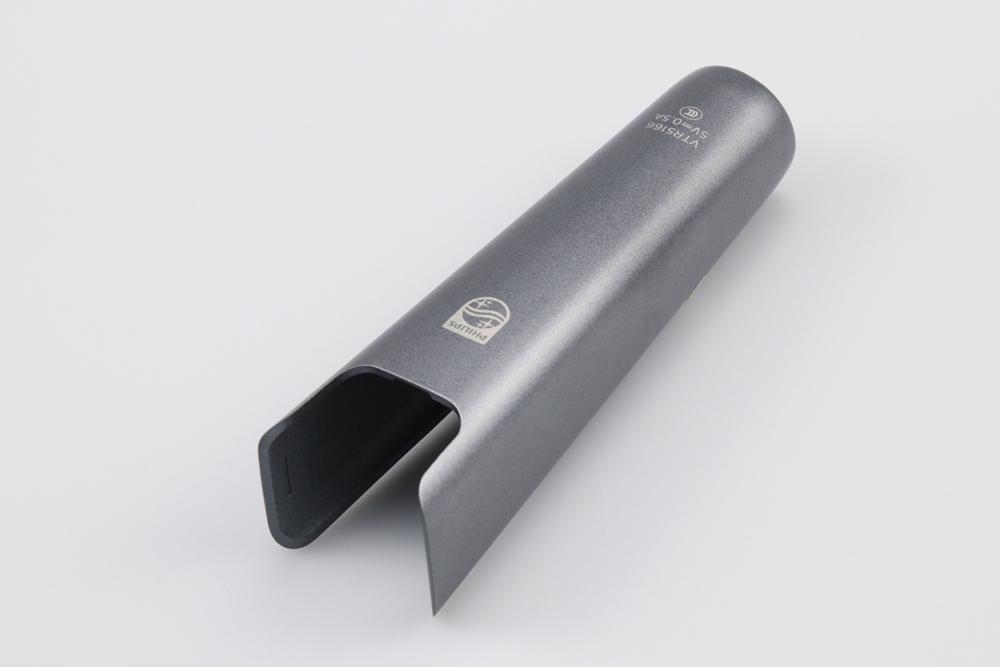How to ensure micron-level accuracy and smoothness in microfluidic chip channels?
To achieve micron-level dimensional accuracy and smooth surface quality in microfluidic chip channels, process control must begin with precise mold fabrication and tightly regulated die casting parameters. High-precision tooling manufactured through CNC machining prototyping or 3D printing prototyping enables channel geometries with accurate draft angles and sharp corners. When combined with optimized gating and venting design in aluminum die casting, molten metal fills fine channel cavities uniformly, minimizing turbulence and air entrapment. Controlled injection speed, mold temperature, and pressure monitoring through PLC-based systems are crucial for maintaining laminar flow, which directly translates to channel smoothness and dimensional repeatability.
Material Selection for Microfluidic Precision
The alloy used plays a critical role in casting stability. High-fluidity materials such as A356 aluminum, A380, or ADC12 allow metal to fill micron-scale features while maintaining low shrinkage rates. Their fine dendritic microstructure enables higher thermal conductivity and uniform solidification—crucial when channel thickness is below 200 μm. In high-performance diagnostic devices or heat transfer components, alloys can be further refined using precision casting to enhance flow behavior and reduce porosity.
Post-Casting Machining and Finishing
Even with optimized casting, secondary operations are required to achieve final channel quality. Ultra-fine machining performed through CNC machining ensures tight control of channel width and depth. For components requiring sub-10 μm accuracy, micro-EDM or diamond tooling can be used to refine edges and remove flash. Surface roughness can be brought below Ra 0.4 μm through precision sandblasting or fine polishing techniques, which create smooth, non-reactive channel walls for controlled fluid movement and improved sample contact.
In cases where aluminum alloys require enhanced stability or chemical resistance, process-specific anodizing improves corrosion resistance while forming a uniform oxide layer that maintains channel profile accuracy. For higher fluid flow consistency, thermal coatings or painting can also be applied to functionalize channel surfaces.
Process Validation and Microfluidic Quality Control
To confirm performance, CMM scanning and optical microscopy are used to validate channel uniformity. Pressure-flow testing verifies hydraulic performance across sections, while CFD simulations help fine-tune channel geometry before mass production. Early development stages benefit from rapid prototyping and injection molding trials to compare manufacturability before finalizing die-cast molds. When microfluidic devices require the integration of hybrid materials—such as combining aluminum with polycarbonate or PEEK—overmolding or insert molding can be used to form sealing interfaces and optical windows with excellent bonding strength.
Design Principles for Microfluidic Success
Maintain uniform wall thickness to ensure flow symmetry and prevent local shrinkage.
Apply pressure and temperature sensors in critical areas for real-time process monitoring.
Use topology-based gating systems to minimize metal turbulence during cavity filling.
Perform full CFD and tolerance analysis before tooling investment.
Combine die casting with finish machining to guarantee micron-level surface consistency.



